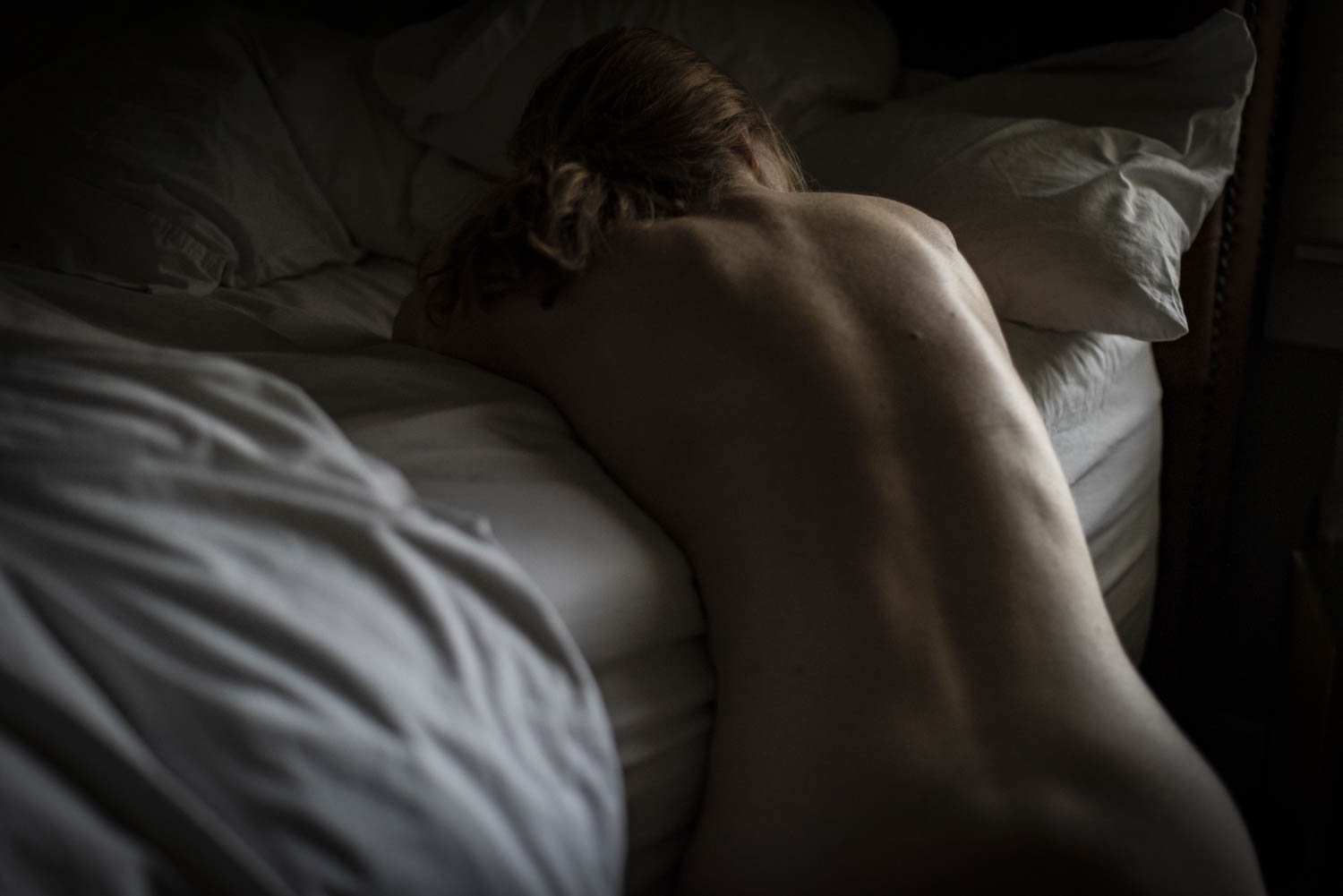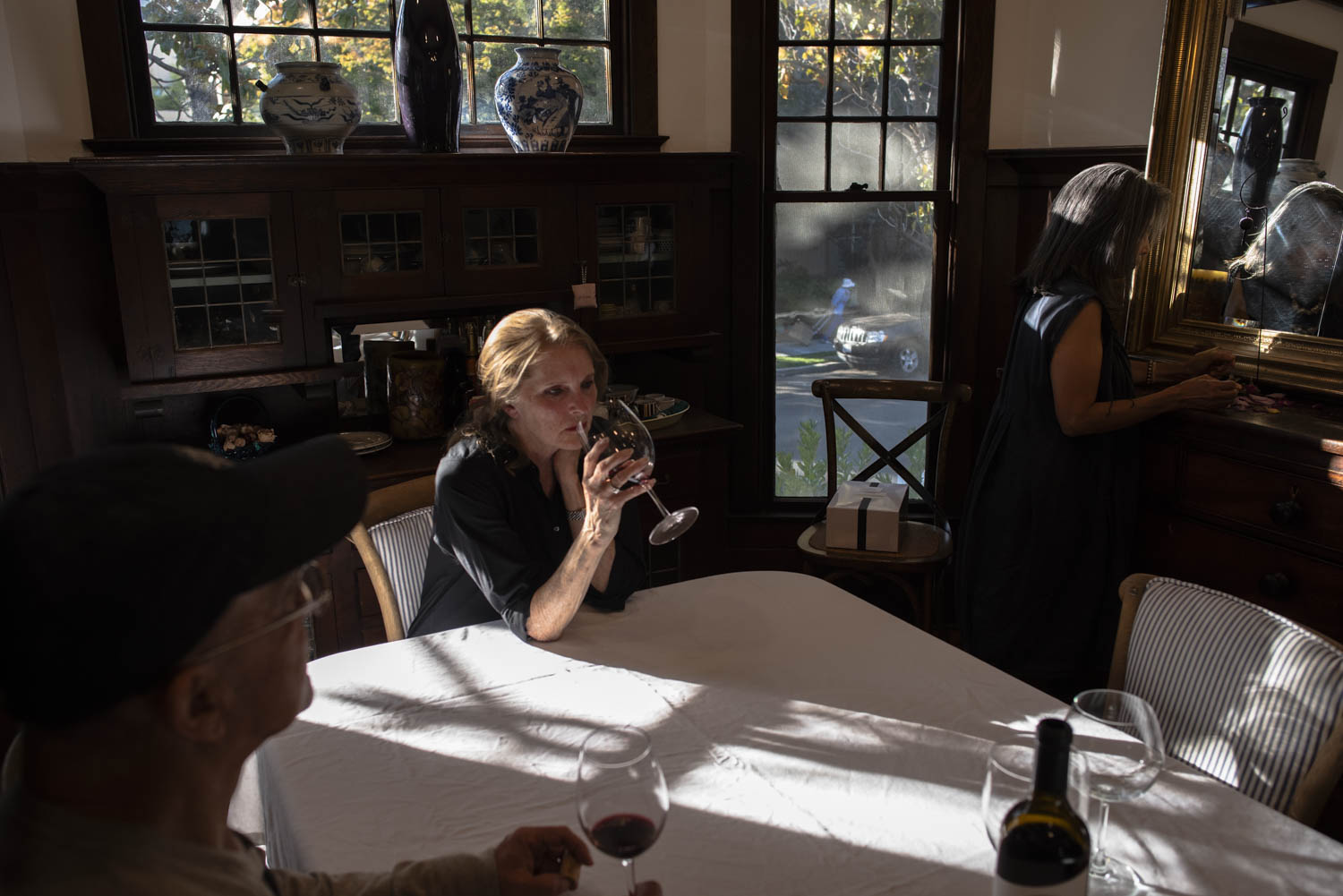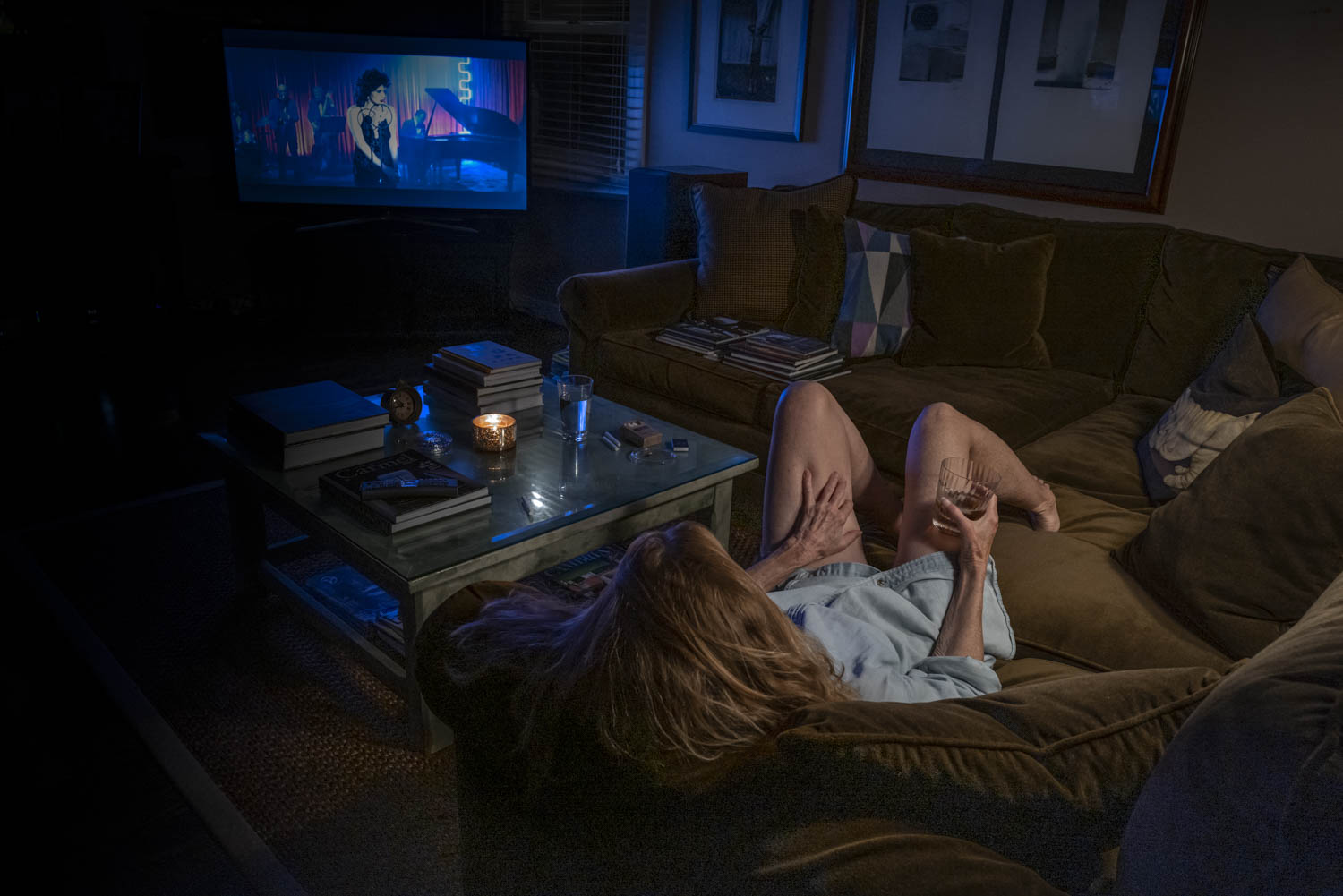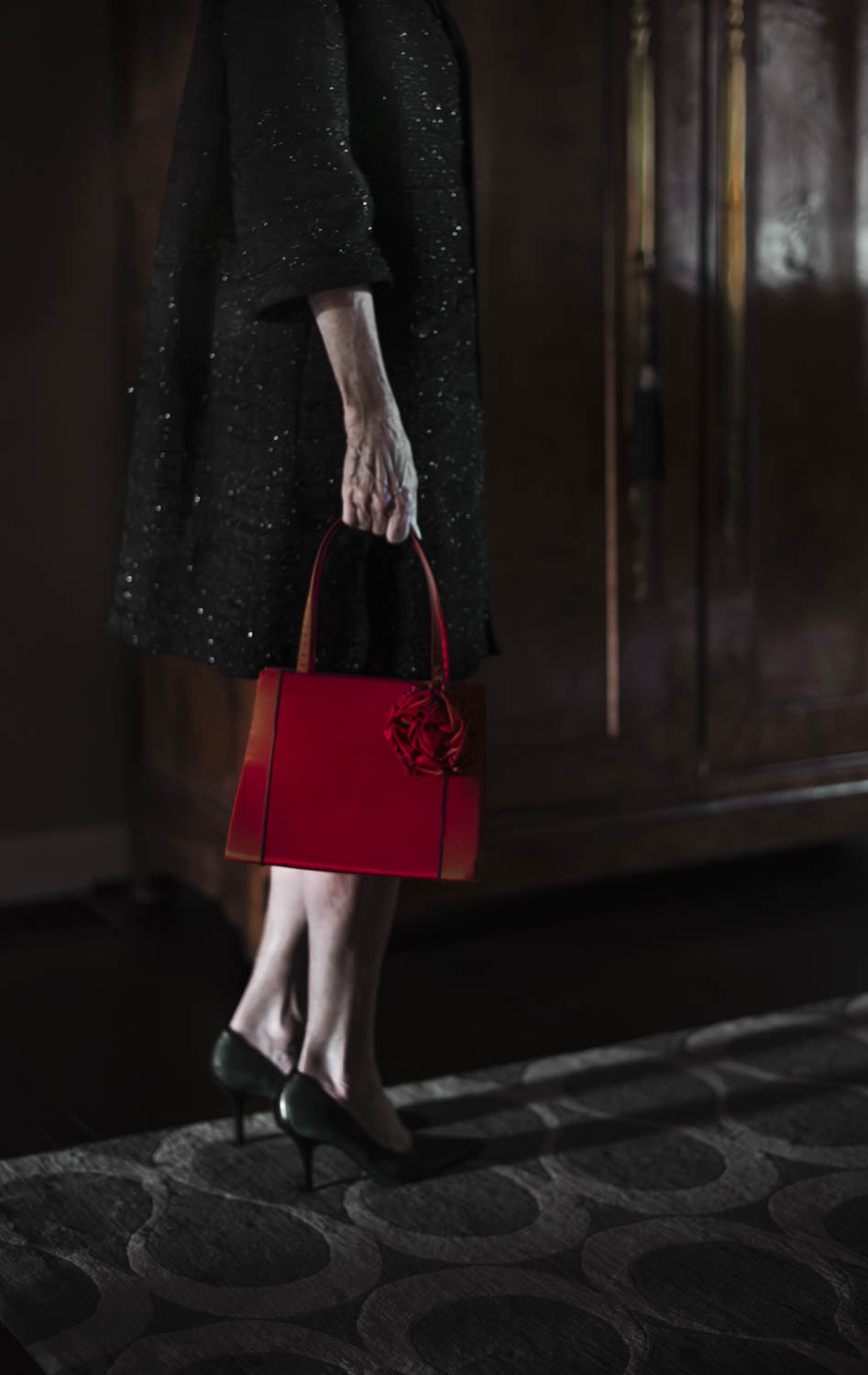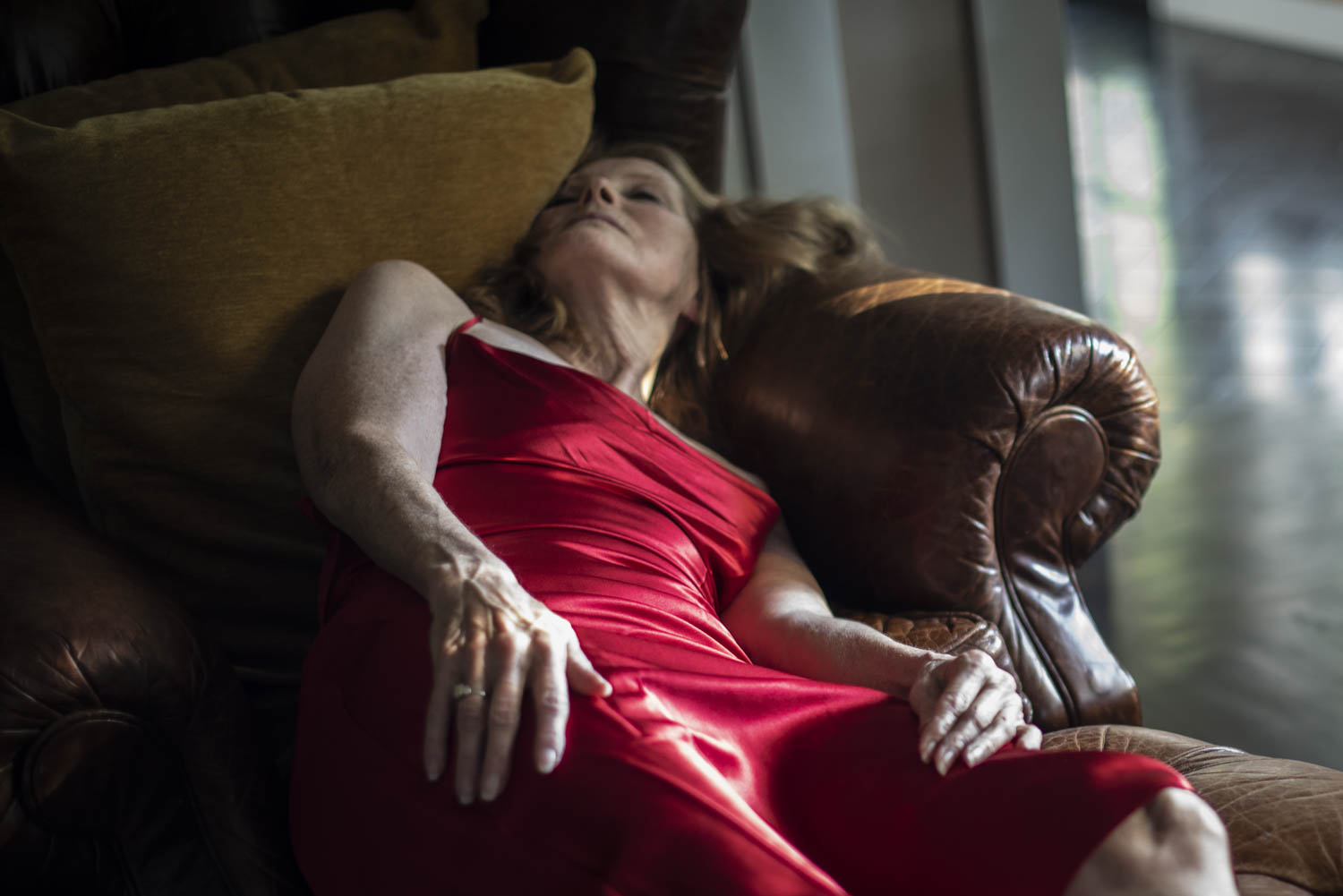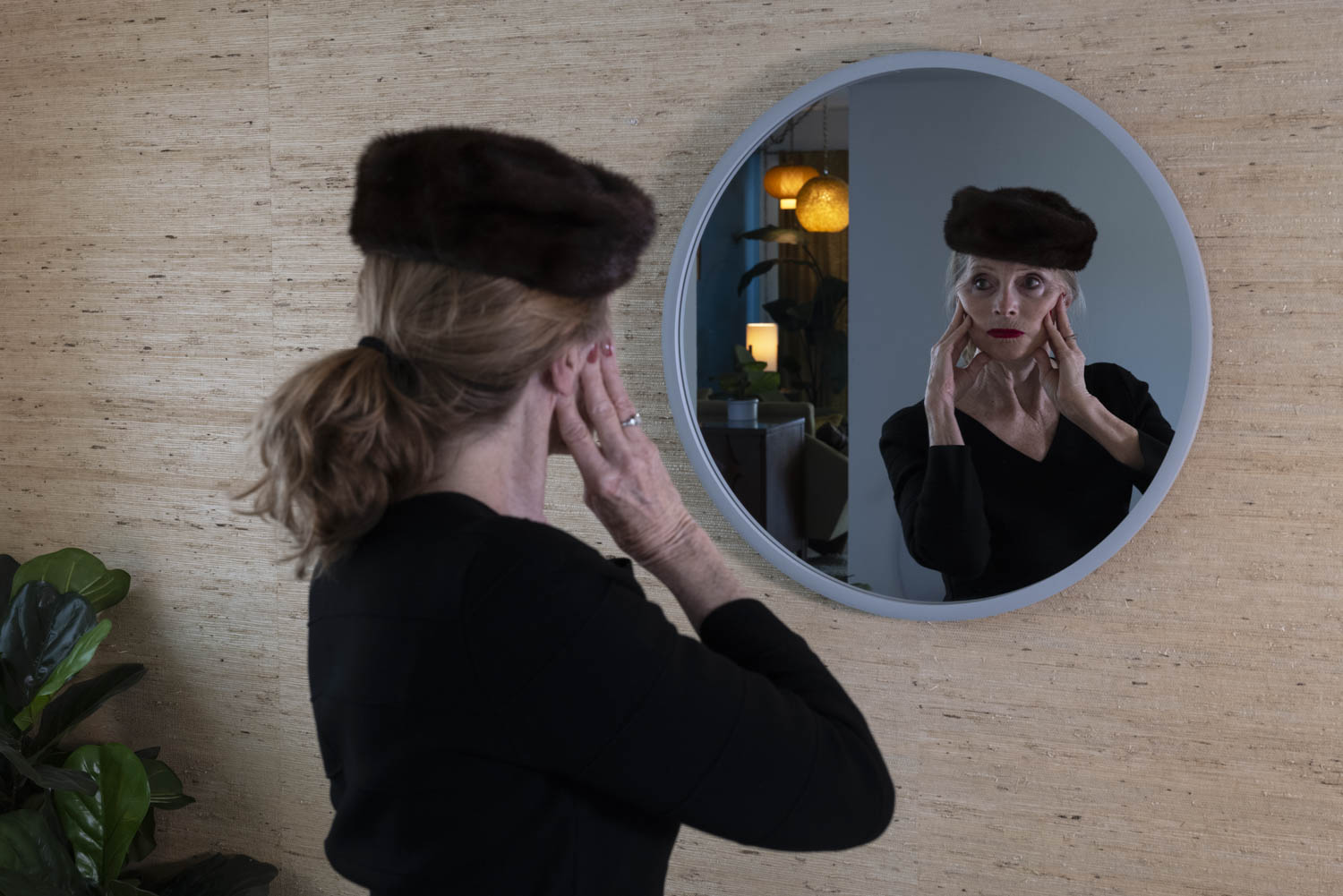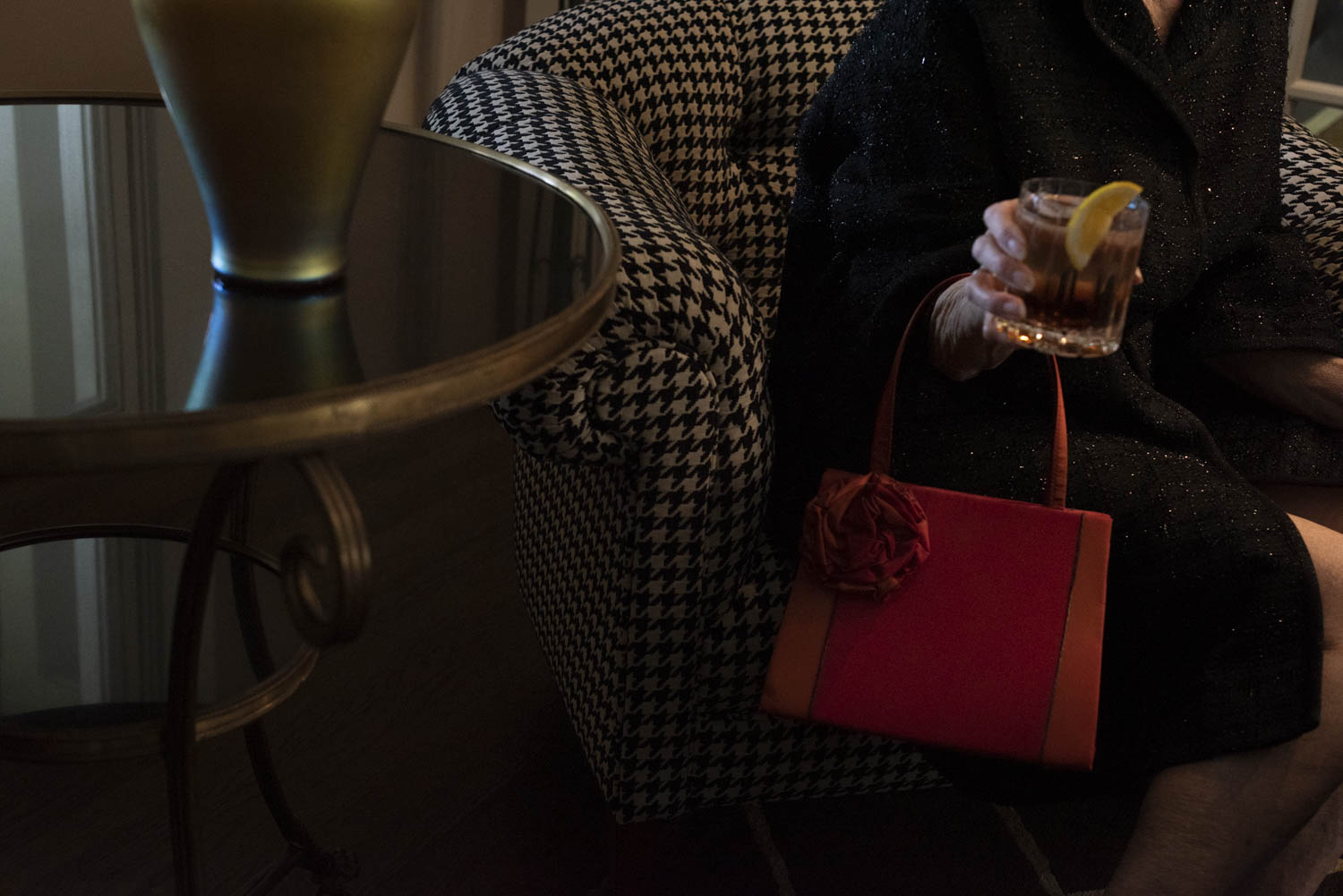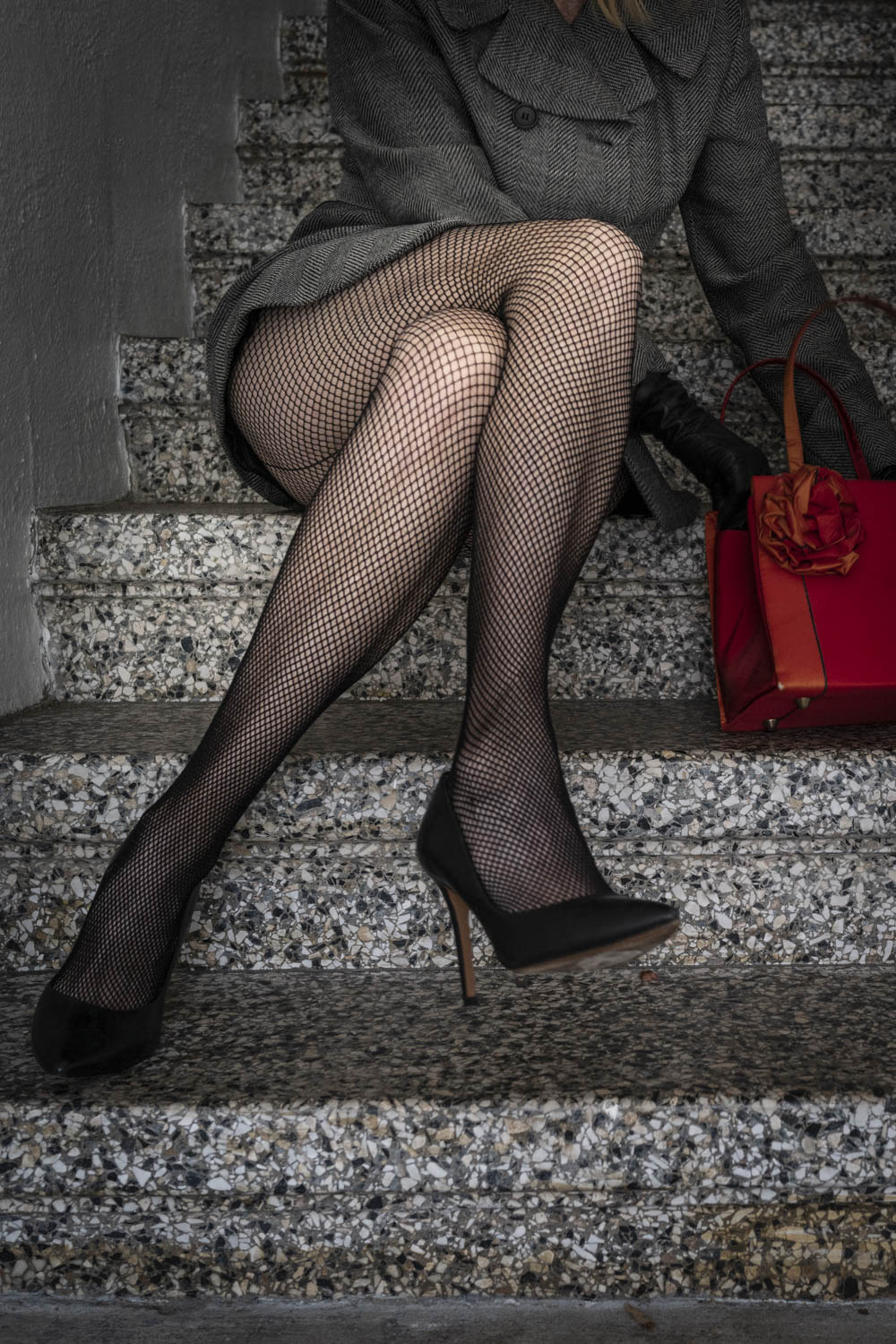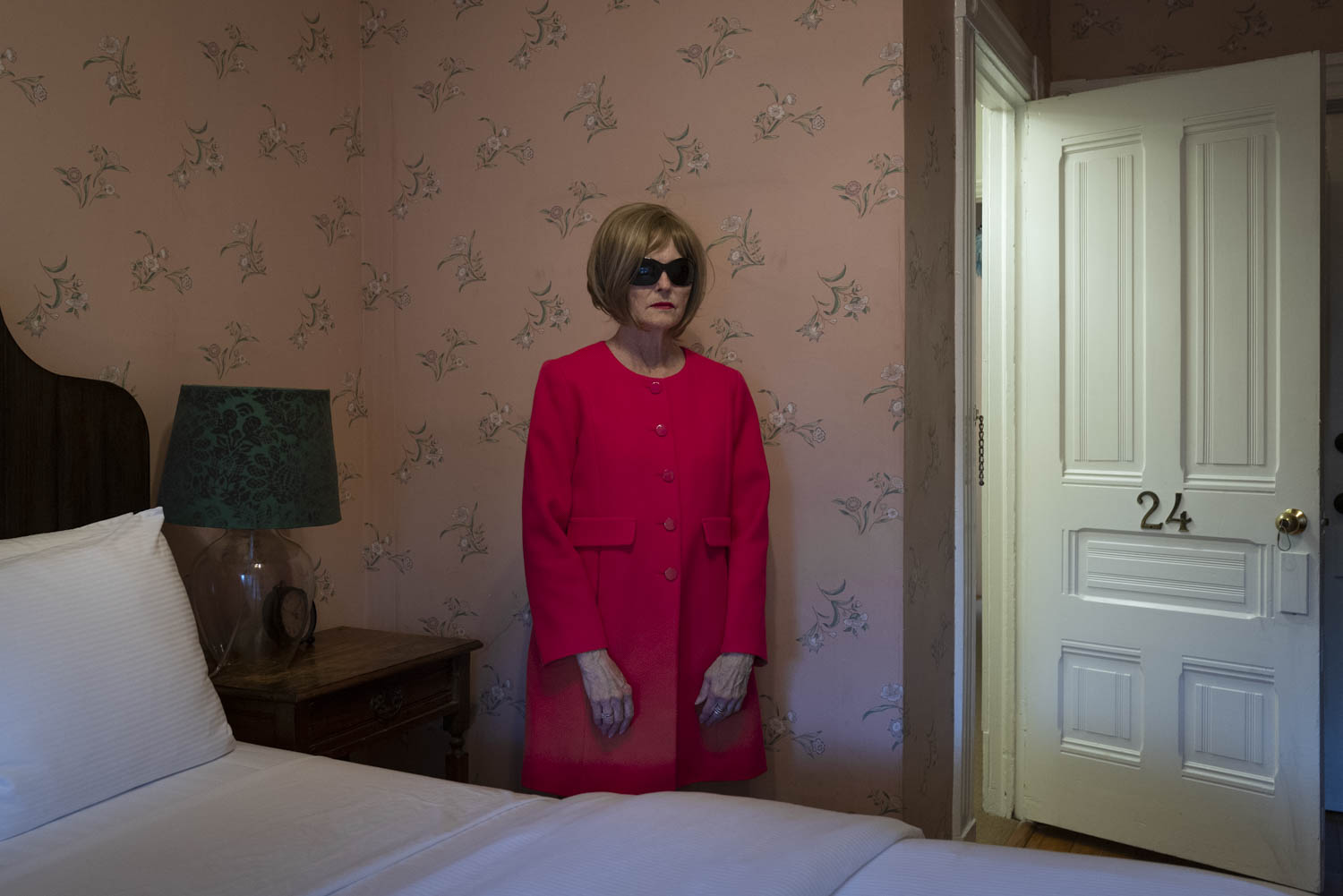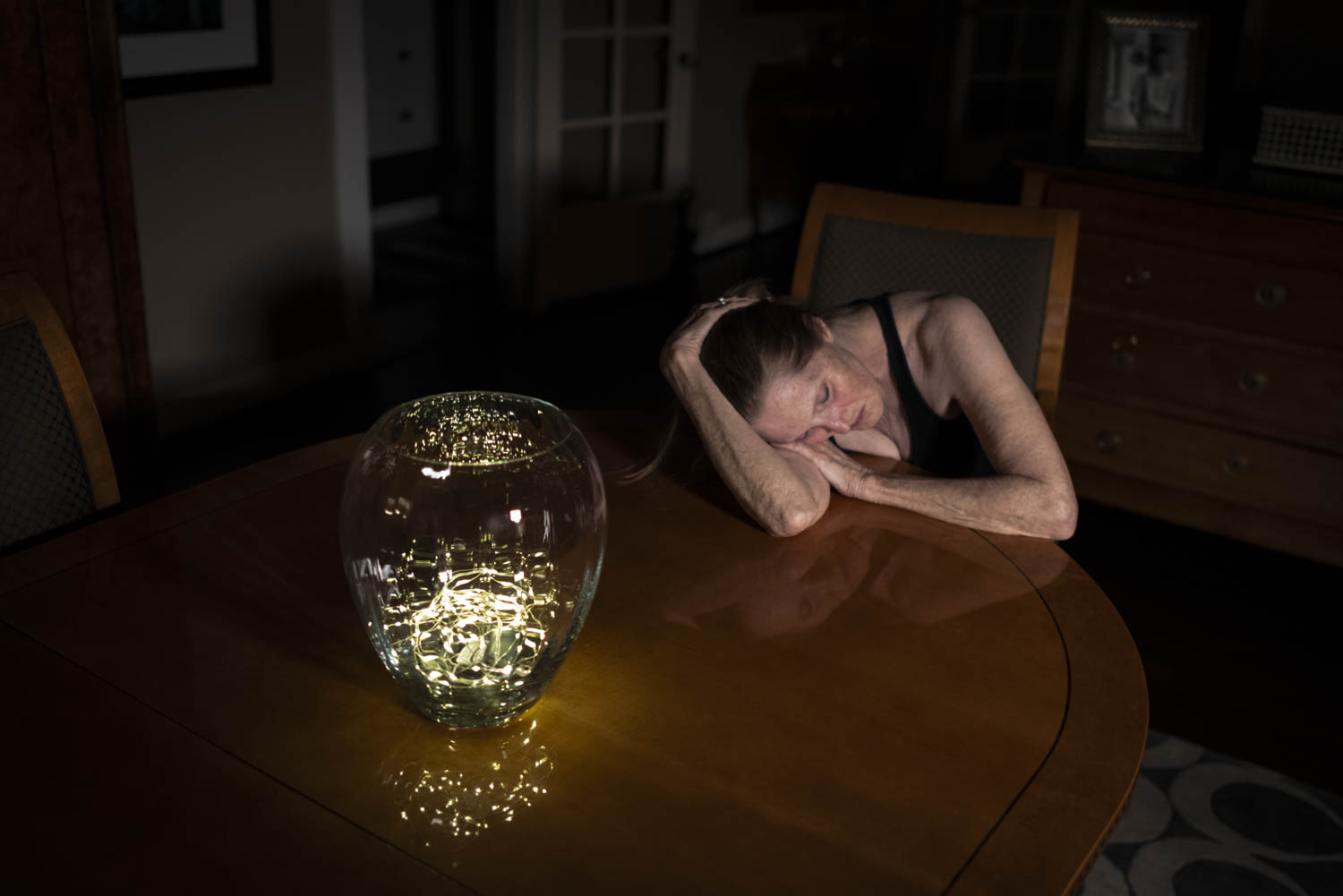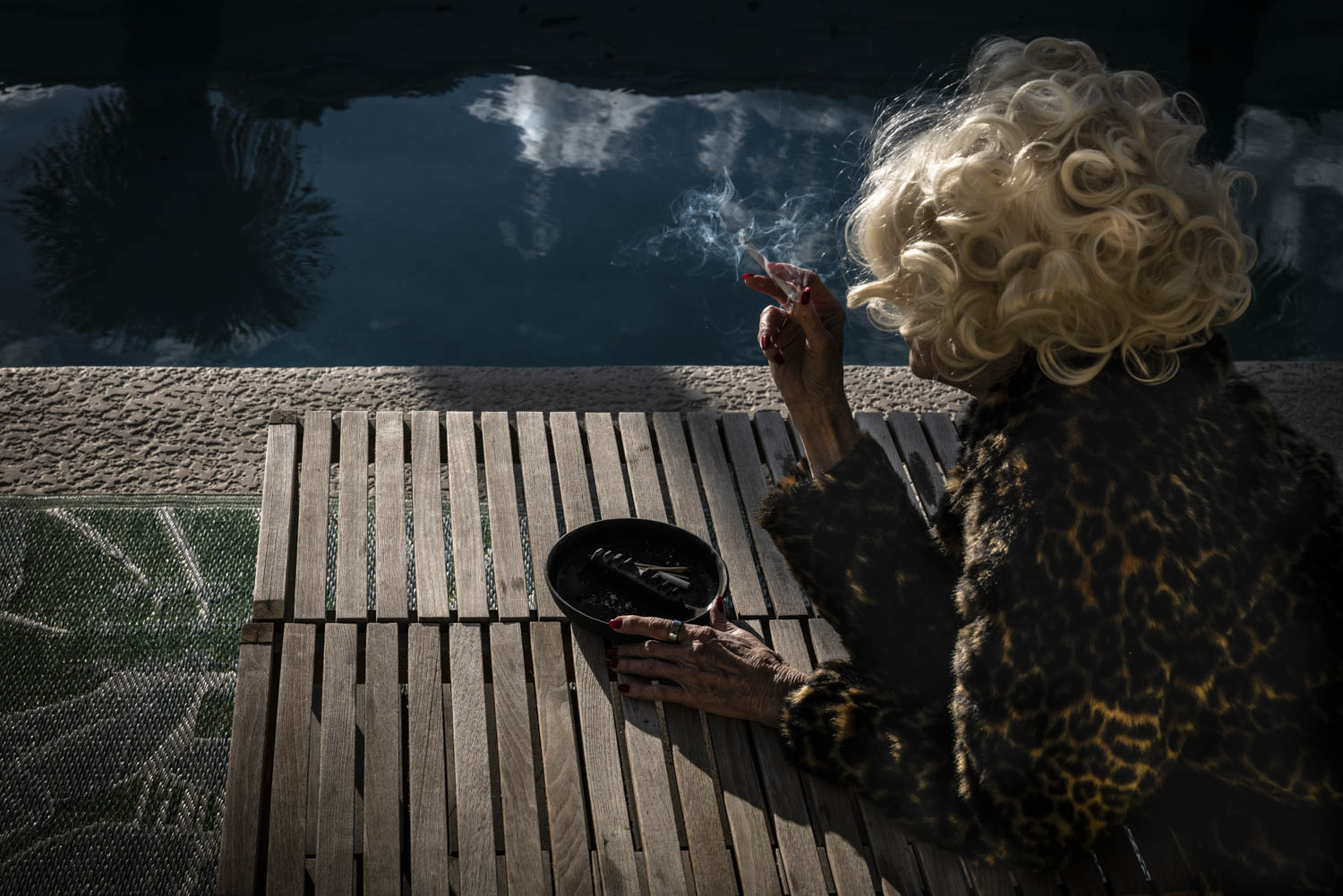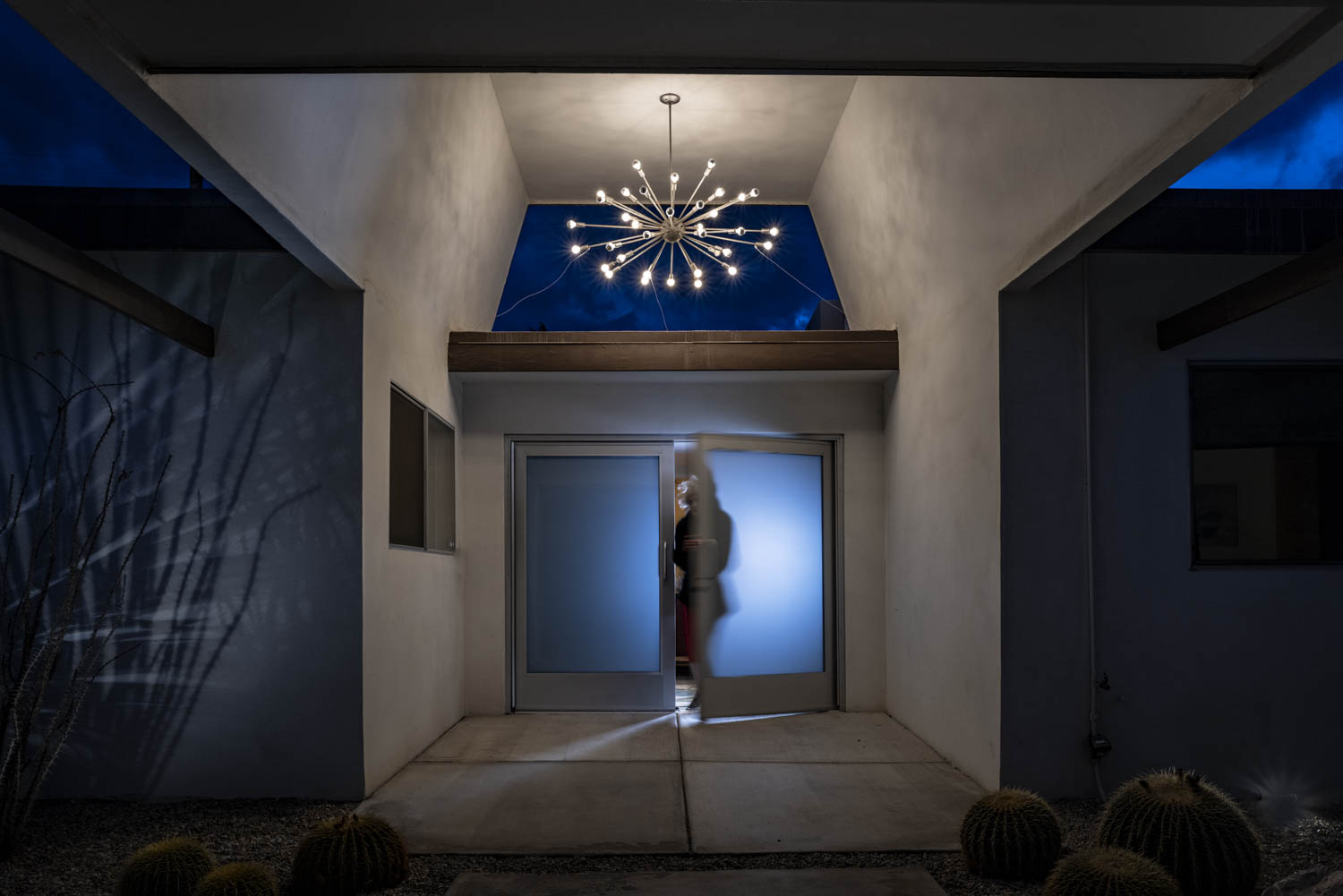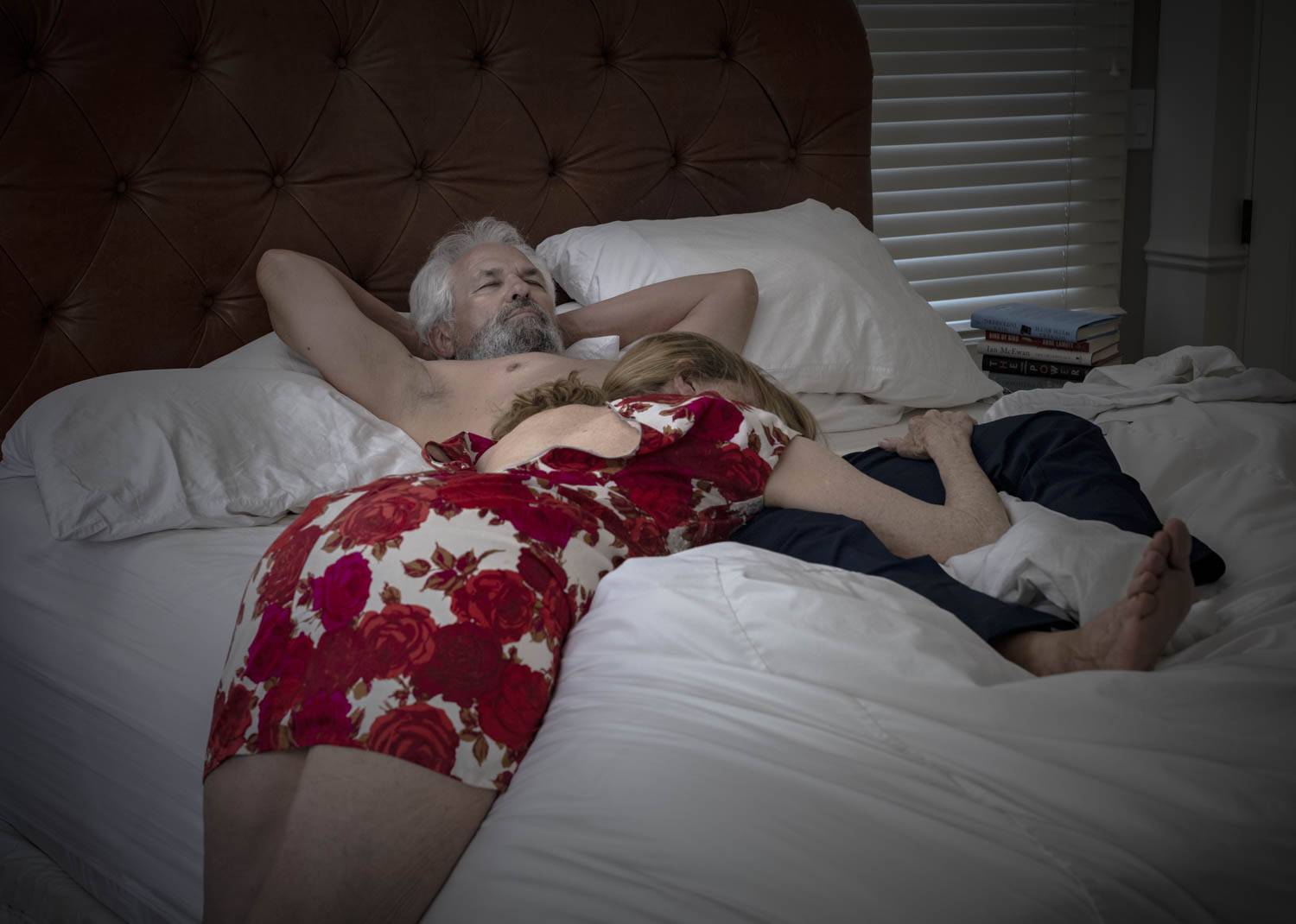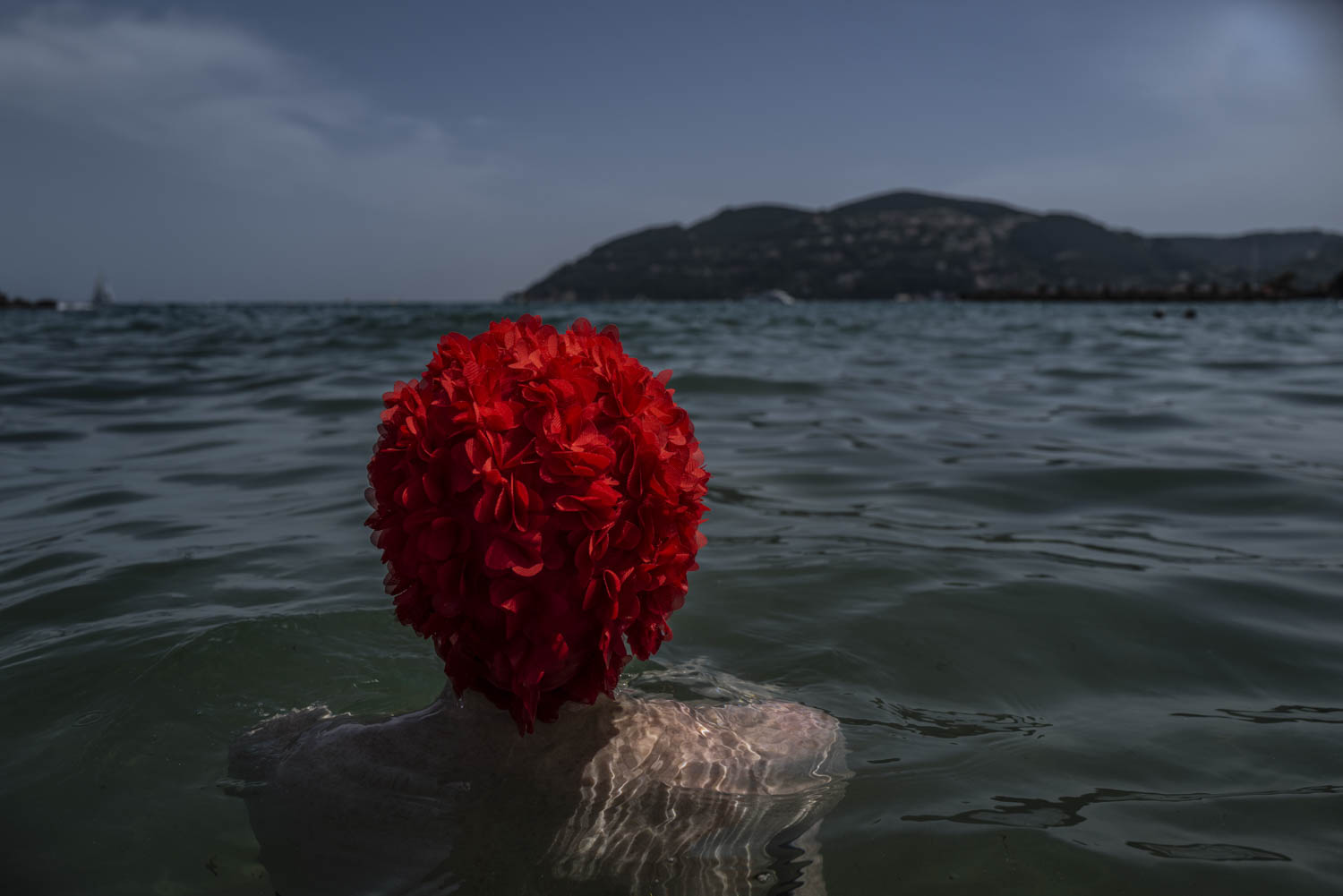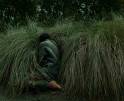Review Santa Fe: Jacque Rupp: The Red Purse
Today, we are continuing to look at the work of artists with whom I met at Review Santa Fe in November 2023. Up next, we have The Red Purse by Jacque Rupp.
Jacque Rupp is a documentary and fine-art photographer based in the San Francisco Bay Area. A visual storyteller, Rupp uses the camera to challenge and question, offering a unique perspective on the world around us. In her most recent work, Rupp focuses on womanhood, using herself and experiences. As the subject matter, Rupp ventures off in the imagined, exploring issues of identity and purpose.
Rupp received an MBA from Santa Clara University and later worked as an executive in Silicon Valley. Building on her lifelong passion for the visual arts, Rupp studied photography at Stanford University, at the Los Angeles Center of Photography and Santa Fe Workshops. She is on the advisory board for UNAFF (United Nations Affiliated Film Festival), a documentary film festival and serves on the board of the Weston Collective, a nonprofit organization dedicated to expanding student access to photography.
Her photographs are held in private collections and have been exhibited widely in juried shows and publications. Rupp’s documentary work on farmers in the Salinas Valley has been used by numerous nonprofit organizations both in print and online.
Jacque Rupp was selected as a Critical Mass finalist in both 2022 and 2023.
The Red Purse: A Story of Grief and Desire was recently published by Daylight Books.
Follow Jacque on Instagram: @jacquerupp
The Red Purse
“The arts help us to understand ourselves as they illuminate our common humanity.”
As the daughter of a psychologist, I’m deeply curious about the human condition. In life and in art, I strive to connect, to understand, to find common ground. My images are uniquely personal; I’m drawn to intimacy, intensity and authenticity in my subjects. Having experienced losses early in life, I gravitate toward themes of longing and solitude but always with hints of hope and rebirth not far away. As a woman, I am very interested in issues around female representation, especially over time. Through my art, I both ask and consider answers to complex questions. With camera in hand, I engage with the world, ever present, and eager to capture the moments that give us all pause to reflect. I’m a storyteller. And with my lifelong love for the moving image, I often create photographs with a cinematic flare.
Daniel George: This project deals with your experience of life after widowhood. At what point did you begin to visualize your experiences and feelings—in a way that would eventually become The Red Purse?
Jacque Rupp: I created The Red Purse during Shelter-in-Place and the COVID pandemic. The world had slowed down; it was a time for introspection.
I photograph people, but due to the pandemic, I had no people to photograph, so I began photographing myself. It was the first time I had explored self-portraiture. I was immediately drawn to the red purse that was sitting on my dresser as a prop. I began creating scenes with it, taking it places, feeling very Hitchcockian at first. I had bought the purse shortly after my husband died but had never used it. It was extravagant, feminine, impractical, and totally out of character for me. But now, almost 20 years later, I realized it was part of my story about being a young widow. A story of mystery and intrigue.
I began pouring through old journals, reaching out to widows I had met over the years, and researching new material that was available today. I created storyboards to tell my story – to share what had been going on in my head at the time. Some of the scenes are fiction, some are nonfiction; regardless, they are still part of my story. I scouted for places and objects I could use in my scenes. The Red Purse became my tale of rebuilding my life after becoming a young widow; my film in book form.
DG: In your artist statement, you write about the death of your husband as a loss of part of your identity. I’m curious if, though many years have since passed, you rediscovered anything about your identity through the creation of this work?
JR: My life changed dramatically after my husband died. Everything was different, surreal at times and I really didn’t understand it for years. I had lost other members of my family; I had witnessed death, but nothing prepared me for this.
His death was different. After he passed, my identity changed immediately. I was no longer a wife, no longer a partner, and yet not ready to be single. I was now mom, dad, and provider to my sons. I felt an incredible sense of responsibility and urgency to create a new life, one filled with happiness, for me and my boys. I wanted everything to be OK. I wanted what I had lost. My husband’s illness had been a long one. We needed a sense of wholeness, a sense of normalcy again.
Everything had changed and I knew I had to accept that. I saw how precious life was and did not want to waste my life living under a shroud. I was not going to do widowhood the way I had seen it done. I was not going to be the black widow.
DG: Would you say it was difficult to share something so personal? You mention that you are the daughter of a psychologist, and that the human condition feeds your curiosity. Does this inquisitiveness supersede any sense of feeling too exposed, or did you/do you have reservations?
JR: You are correct. It was fairly easy to create the work, but it was much more difficult to share it, especially with my family.
I remember the first image I made that was a bit revealing was the image with me in the polka dot blouse holding the red purse. I wanted to show my femininity, sexuality, and vulnerability – it was intentional, these feelings were very real. But they were also very shocking and confusing to me – then and now.
At first, I was afraid to show that image to people, especially to men. I’m in a photography crit group which includes a man. I talked about the image and that I was embarrassed to show it. But then I’ll never forget – this very dear man said “what are you afraid of? I am an OB/GYN for God’s sakes.“ So I took a deep breath and shared the image. And to my surprise, nobody, including him, was shocked. They were actually very supportive, very interested in my story. I realized it had all been in my head. This was a huge turning point for me. It gave me much more license to be brave and to create and share what was honest and real to tell my story. I realized that my initial embarrassing feelings were very similar to how I felt back then, as well. At some level, I was reliving those same feelings. But as I began sharing, I became more confident over time. I think this was part of the growth.
I cared deeply about how my family felt about the images. I vetted the images first with each of them before going public with the photographs. This led to some very interesting conversations – especially with my boys, who were in their teens when my husband died but are now married and in their thirties.
DG: In your work (even beyond this project), you address issues of female representation. Could you talk more about your interests here—and your preference of using photography to generate conversations surrounding these themes?
JR: My father was my role model in many ways. He told me don’t worry about what other people do, be your own person. He taught me that women could do anything. He saw no boundaries. And because of this I’m a feminist at heart — I believe in this equality as well. It’s how I live my life. I’ve always been one to challenge the norms. I’ve been one of the first women to do many things – both professionally and personally. And I would do widowhood this way as well.
I’m convinced that we are visual people. I believe in the power of film–both with the moving image and the stiIl image–to tell us stories and show us possibilities in how to see the world; to see how things are or might be. I wanted to create images that would tell stories about new ways of seeing widowhood, as well as new ways of showing growth through loss. And I touch on ageism as well, which is another loss, another change in identity.
I wanted to create images that were honest and that reflected what I had experienced after my husband died. Images that showed the grief, and the loneliness, but also showed the feelings of sexuality, femininity, and vulnerability.
DG: In your images, there is a narrative that follows the main character through various places and circumstances. Though a literal reading seems clear, I can’t help but consider the figurative journey that this person is taking. Would you expand on some of your photographs—and how the staging represents the evolution of identity following loss?
JR: It was a very liminal time. I was not who I was before he died, and I had not yet become who I would be in this next chapter of my life. I learned over time that I needed to accept this, take risks, and be open to anything being possible.
The scene at the dining room table where I am sipping a glass of wine and the man, the woman and I are not engaging. We are in our own worlds. I call this image “Alone with People.” The pink dress scene, the Anna Wintour disguise – shows the awkwardness that I experienced while dating. The bed scene, where our backs are turned to each other which shows the shame I felt partnering, and being very conflicted about what I had done. The scene where I was on stage shows how I felt like everyone was watching me, as if I was on display. Watching me for cues. And the scene towards the end where my head is on his lap shows a new sense of calm and comfort.
Posts on Lenscratch may not be reproduced without the permission of the Lenscratch staff and the photographer.
Recommended
-
Aaron Rothman: The SierraDecember 18th, 2025
-
Gadisse Lee: Self-PortraitsDecember 16th, 2025
-
Scott Offen: GraceDecember 12th, 2025
-
Izabella Demavlys: Without A Face | Richards Family PrizeDecember 11th, 2025
-
2025 What I’m Thankful For Exhibition: Part 2November 27th, 2025

